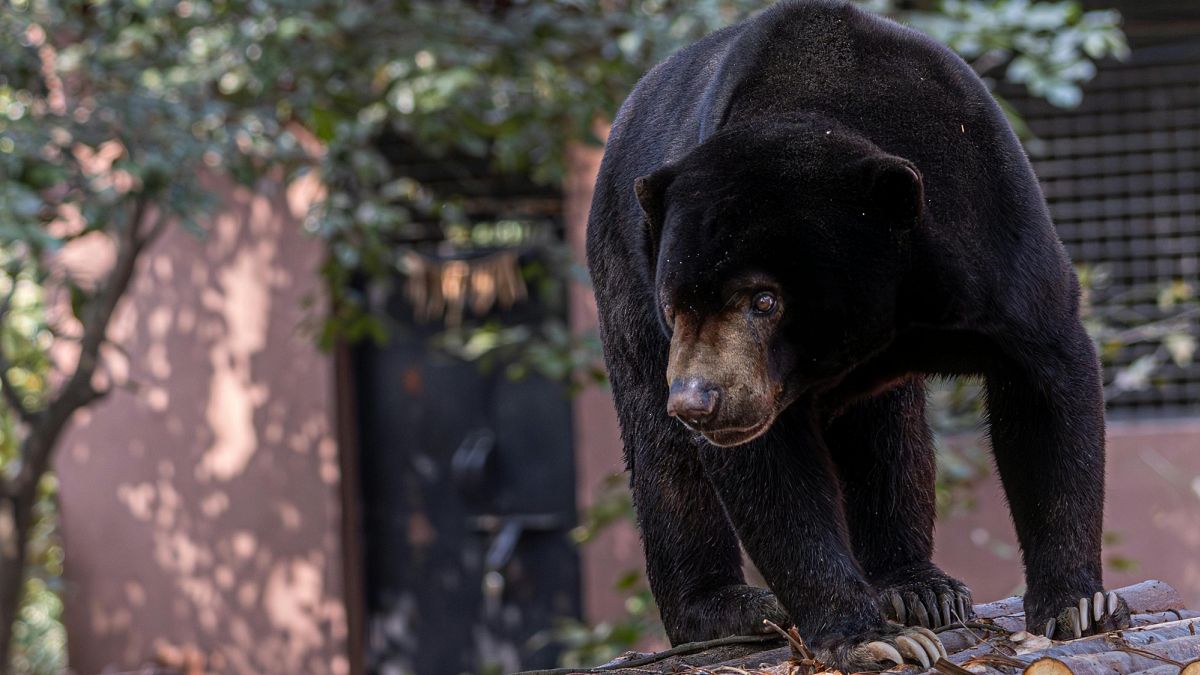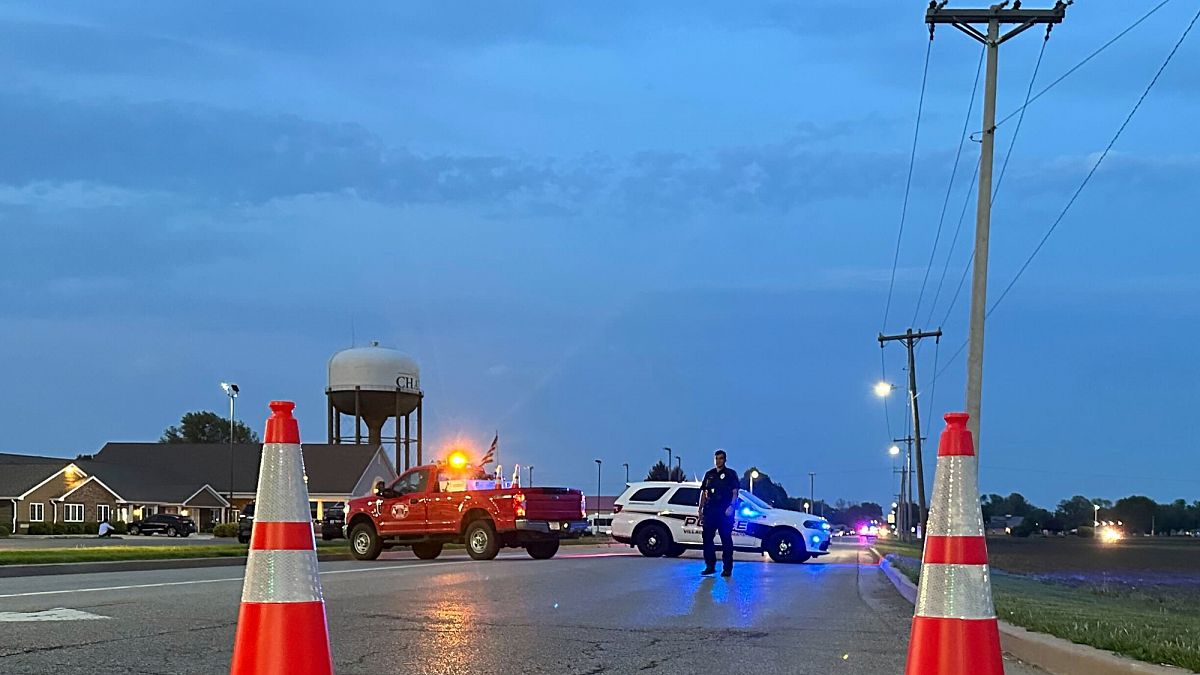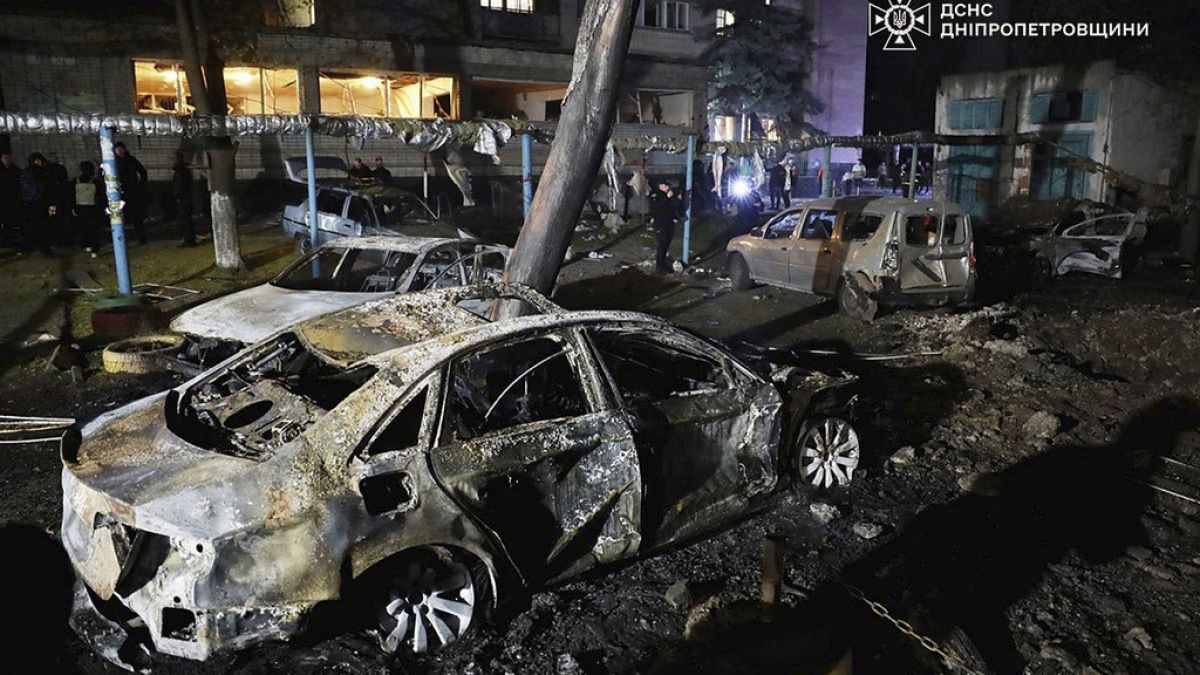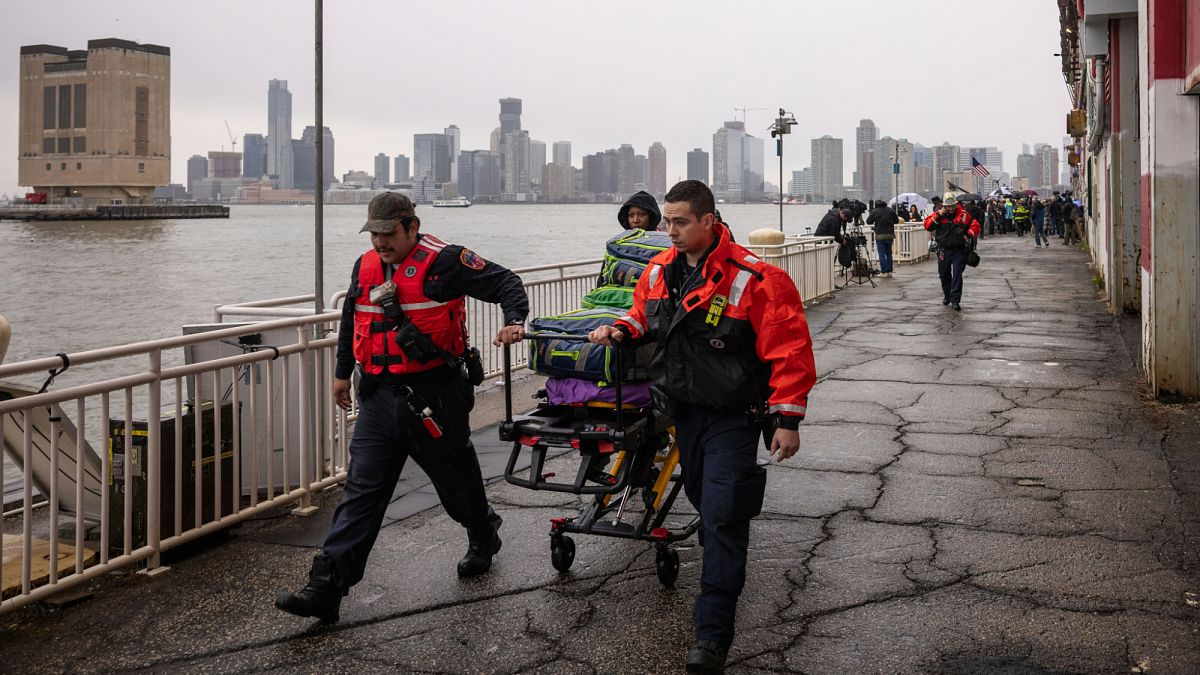Natural disasters are causing destruction in the US and Southeast Asia
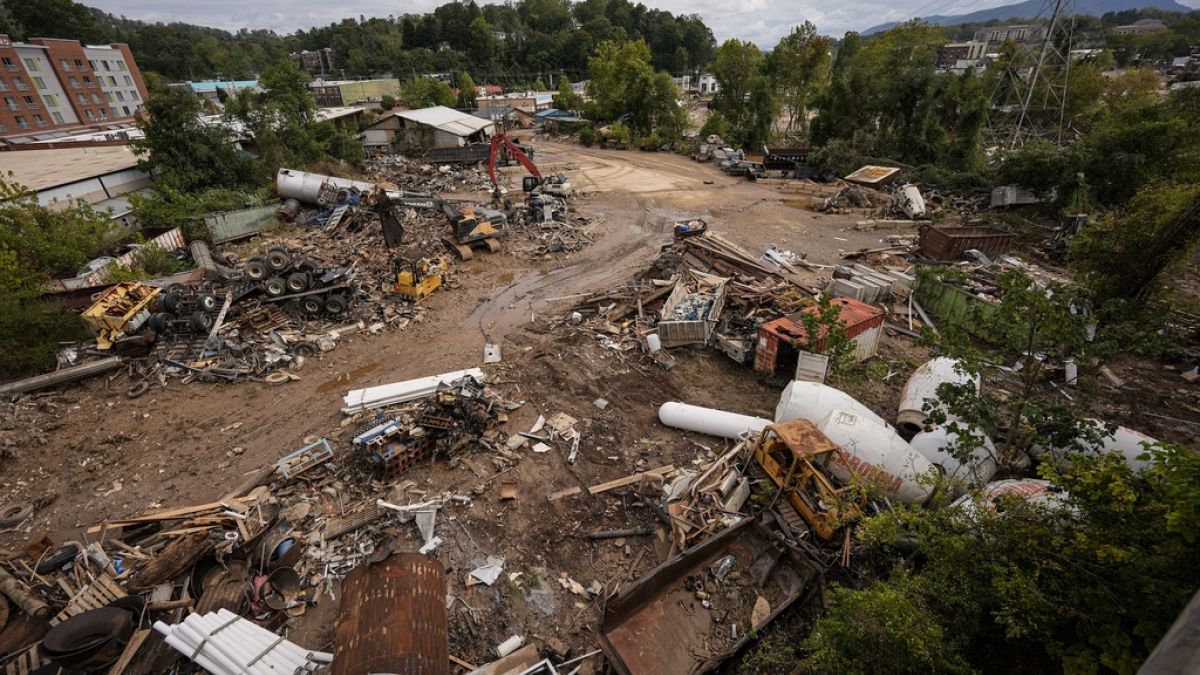
Hurricane Helene wreaked havoc across the US’ west coast, with Typhoon Krathon expected to make landfall in Taiwan on Wednesday.
At least 133 people have died and hundreds more are still missing after Hurricane Helene tore through the US state of North Carolina in recent days, bogging-down roads, causing blackouts and leaving people stranded.
This is the worst flooding North Carolina has seen in a century, with rainfall estimates in some areas topping more than 61 centimetres.
Officials in the hard-hit tourism hub of Asheville said on Tuesday their water system suffered “catastrophic” damage that could take weeks to fully repair.
North Carolina Governor Roy Cooper called it “an unprecedented storm requiring an “unprecedented response”.
Government officials, aid groups and volunteers were working to deliver supplies by air, truck and even mule to the town and surrounding mountain communities. At least 40 people died in the county.
Joey Hopkins, North Carolina’s secretary of transportation, asked people on Monday to stay off the roads in the state’s western region due to “severe” damage.
“We do not want you here if you don’t live here and you’re not helping with the storm,” he said at a news conference.
US President Joe Biden wrote on social media platform X Hurricane Helene was not just “catastrophic” — “it was a historic storm for the entire southeast and Appalachia,” he said.
“We’re mobilizing every resource to ensure displaced families can begin to return home and devastated communities can begin to rebuild,” he said.
Due to displacement, mudslides and flooding, shelters were housing more than 1,000 people, according to Federal Emergency Management Agency officials.
Climate change has exacerbated conditions that allow such storms to thrive, rapidly intensifying in warming waters and turning into powerful cyclones, sometimes within hours.
Taiwan braces for Typhoon Krathon
Taiwan closed schools and offices, and evacuated hundreds from vulnerable areas around the island on Tuesday, ahead of a strong typhoon expected to hit its densely populated western coast after lashing northern Philippine islands.
Dozens of flights were cancelled with more than 500 people moved from mountainous regions prone to landslides. The Defence Ministry said nearly 40,000 troops were mobilised to help with rescue efforts.
Typhoon Krathon is expected to hit the major port city of Kaohsiung in the island’’ southwest on Wednesday morning. It is then expected to move across the centre of Taiwan and northeast toward the East China Sea, according to the Central Weather Administration.
It is anticipated to be felt in the capital Taipei, in the north of the island, on Wednesday and Thursday.
The mayor of Kaohsiung, a city of 2.7 million people, asked residents to stay indoors and avoid flooding and landslide-prone areas near rivers, the seaside and the mountains.
Up to 80 centimetres of rain is forecasted in surrounding mountainous areas.
Mayor Chen Chi-mai said Krathon will be “no less powerful” than 1977’s Typhoon Thelma, which devastated the city, leaving 37 dead and 298 injured.
Source: Euro News






